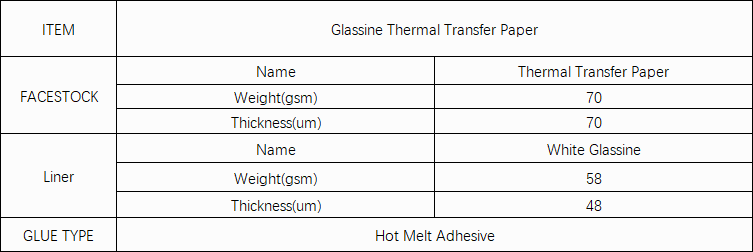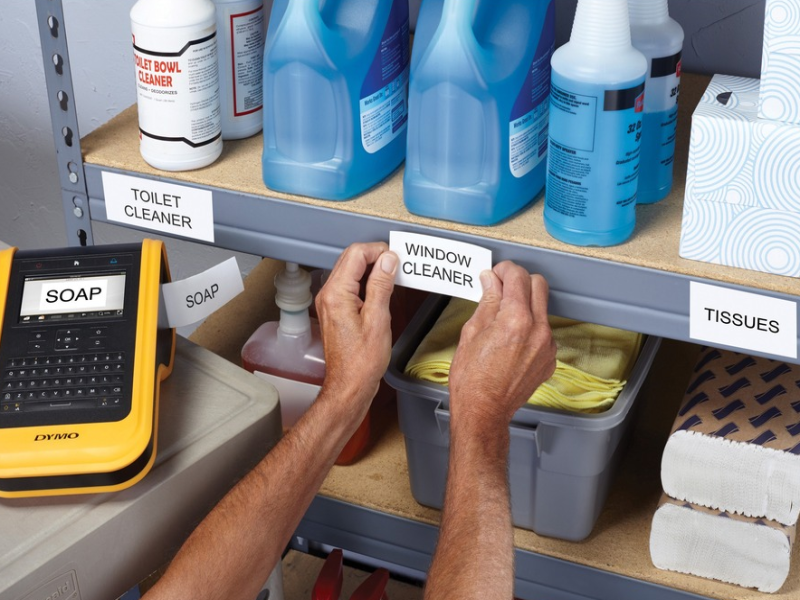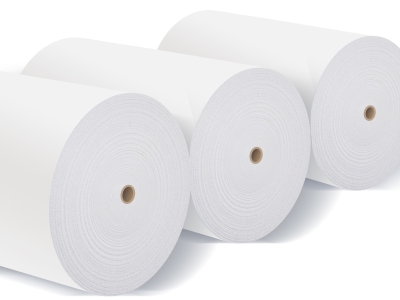Get Support
123-456-789-10

Advantages:
Durability: Thermal transfer labels are known for their durability. They can withstand harsh environmental conditions such as moisture, heat, and cold, making them suitable for long-lasting labeling needs.
High-Quality Printing: These labels offer high-quality and precise printing. Thermal transfer technology ensures sharp and clear images, text, and barcodes, which are crucial for various applications.
Versatility: Thermal transfer labels can be used with a wide range of label materials, including paper, polyester, and polypropylene. This versatility allows them to adapt to different labeling requirements.
Resistance to Chemicals: They are resistant to chemicals, oils, and solvents, making them ideal for applications where labels may come into contact with such substances.
Long Shelf Life: Thermal transfer labels have a long shelf life, ensuring that pre-printed labels remain legible and intact for an extended period.
Variable Data Printing: They are suitable for variable data printing, making them perfect for applications requiring unique identifiers like barcodes, QR codes, and serial numbers.
Applications:
Product Labeling: Thermal transfer labels are widely used for labeling products in various industries, including retail, manufacturing, and healthcare. They provide accurate and high-quality product information.
Shipping Labels: These labels are commonly used for printing shipping labels that include essential details such as recipient addresses, tracking numbers, and barcodes. This is crucial for efficient logistics and supply chain management.
Asset Tagging: In warehouses, thermal transfer labels are used for asset tagging. They help in tracking and managing equipment, machinery, and inventory efficiently.
Inventory Control: Thermal transfer labels are essential for inventory control and management. They can include product descriptions, SKUs, and other important information that aids in keeping track of stock levels.
Cold Storage Labeling: In cold storage and refrigerated environments, thermal transfer labels are favored due to their ability to withstand low temperatures and moisture.
Compliance Labeling: Industries with strict regulatory requirements, such as pharmaceuticals and food, use thermal transfer labels to create compliance labels with accurate information.
Document Labeling: In offices and archives, these labels are used for document identification and organization.
Warning Labels: Thermal transfer labels are used to create warning labels for hazardous materials or situations, ensuring safety and compliance.
In warehousing specifically, thermal transfer labels play a crucial role in inventory management, asset tracking, and ensuring smooth logistics operations due to their durability and high-quality printing capabilities.






